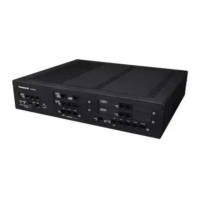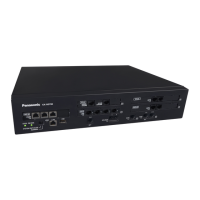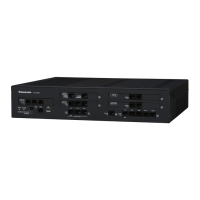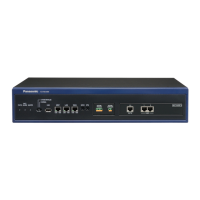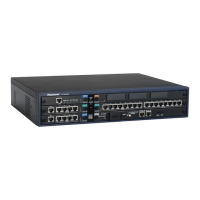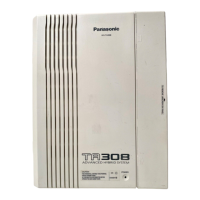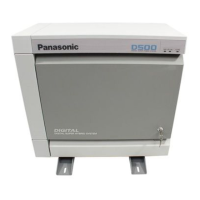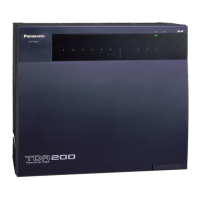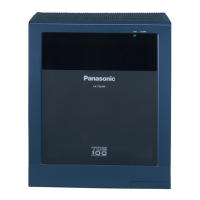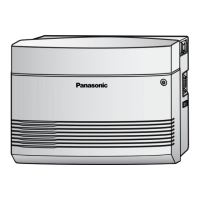5.5.3 PT Programming
Description
A PT user can perform the following programming:
a. Personal Programming: Customising the extension according to his needs.
b. System Programming: Customising the PBX according to organisational needs.
c. Manager
Programming: Customising specified frequently changing items (e.g., Charge Management and
Remote Extension Dial Lock).
Conditions
• COS programming determines what programming can be performed:
– System programming and personal programming
– Personal programming only
– No programming
• System programming can be performed only from a multi-line display DPT or IP-PT. Multi-line display APTs
are not supported.
• The extension which is connected to the lowest numbered extension port can perform both personal
programming and system programming regardless of the COS.
• The extension(s) assigned as the manager COS can perform manager programming.
• During programming, the PT is considered to be busy.
• Only one system programmer or one manager programmer is allowed to perform system or manager
programming at one time. The maximum number of simultaneous programmers that each PBX supports
is as follows:
– one system programmer + 63 personal programmers
– one manager programmer + 63 personal programmers
– 64 personal programmers
• System Programming Password Level
To access system programming, a valid password must be entered. For more detail information, refer to
"1.1.2 Password Security" in the PT Programming Manual.
• Personal Programming Data Default Set
A user can return the items programmed on the telephone to default.
PC Programming Manual References
10.7.1 PBX Configuration—[2-7-1] System—Class of Service—COS Settings—Manager—
PT Programming
Mode Level
19.1 PBX Configuration
—[11-1] Maintenance—Main—Password—
System Password - PT
Programming—Prog *#: Administrator Level
19.1 PBX Configuration
—[11-1] Maintenance—Main—Password—
System Password - PT
Programming—Prog **: User Level
19.1 PBX Configuration
—[11-1] Maintenance—Main—Password—
Manager Password - PT
Programming—Prog *1
PT Programming Manual References
[516] Programming Mode Limitation
Feature Guide 529
5.5.3 PT Programming
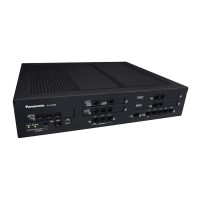
